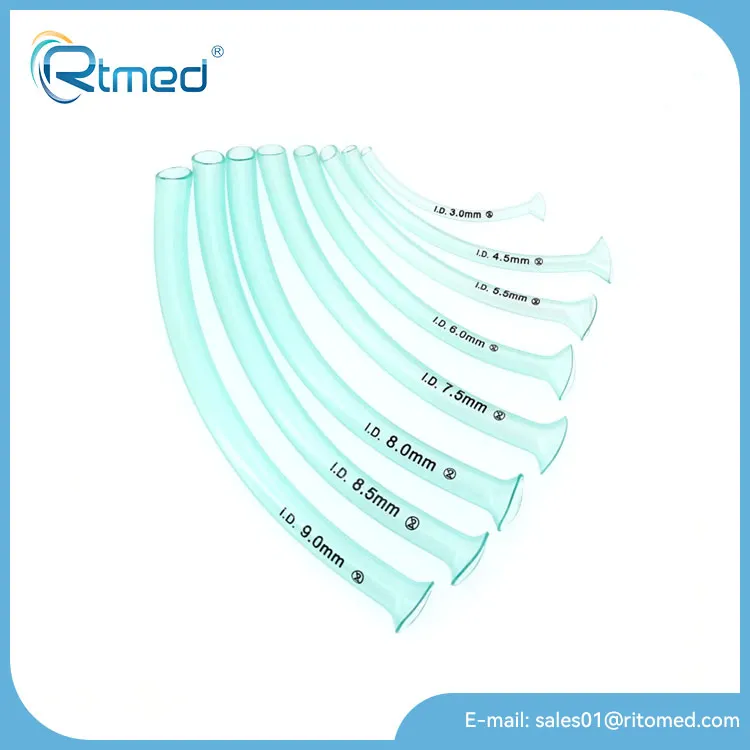Exploring the Nasopharyngeal Airway: Applications and Best Practices
2024-11-29
Airway management is a cornerstone of emergency care, and the nasopharyngeal airway (NPA) plays a vital role in maintaining ventilation in patients with compromised airways. This blog provides an in-depth look at the design, applications, and proper use of NPAs, highlighting their importance in clinical and pre-hospital settings.
Anatomy and Functionality of the Nasopharyngeal Airway
The nasopharyngeal airway is designed to match the natural curvature of the nasal passage, extending from the nostril to the nasopharynx. By bypassing obstructions in the upper airway, the NPA facilitates unobstructed airflow to the lungs.
Key anatomical considerations for effective use include:
- Nasopharynx Structure: The tube rests comfortably in the nasopharyngeal space, avoiding irritation to sensitive areas.
- Septum and Turbinates: Proper insertion minimizes trauma to these nasal structures.
Advantages of the NPA Over Other Airway Devices
1. Tolerance in Conscious Patients: Unlike oropharyngeal airways, NPAs can be used in patients with intact gag reflexes or trismus (locked jaw).
2. Rapid Deployment: Requires minimal training and can be quickly inserted in high-pressure situations.
3. Compatibility with Other Equipment: Can be used alongside oxygen delivery systems or suction devices.
Practical Applications of the Nasopharyngeal Airway
1. Emergency Medicine
- NPAs are standard in pre-hospital care for maintaining airway patency in trauma, cardiac arrest, and overdose scenarios.
2. Anesthesia
- Useful during sedation or in procedures requiring temporary airway support.
3. Critical Care
- Assists in managing patients with ongoing airway obstructions due to swelling or neurological conditions.
4. Military and Remote Care
- Compact and durable, NPAs are essential for field medics and remote healthcare providers.
Step-by-Step Guide for NPA Insertion
1. Assess the Patient
- Ensure there are no contraindications, such as nasal fractures or severe facial injuries.
2. Prepare the Device
- Choose an appropriately sized NPA and apply a liberal amount of water-soluble lubricant.
3. Insertion Technique
- Gently insert the NPA into the larger, unobstructed nostril with the beveled edge facing the septum.
- Advance it along the natural curve of the nasal passage until the flange rests against the nostril.
4. Verify Placement
- Check for unobstructed airflow and observe the patient’s breathing to confirm successful placement.
Care and Maintenance
- Single-Use vs. Reusable: Many NPAs are disposable, but reusable options should be sterilized thoroughly between uses.
- Monitoring for Complications: Be vigilant for signs of nasal bleeding, discomfort, or displacement.
- Storage: Keep NPAs in sterile packaging within emergency kits for quick access.
The nasopharyngeal airway is a versatile, lifesaving tool that bridges the gap between basic airway management and advanced interventions. By understanding its design, functionality, and best practices for use, medical professionals can harness the full potential of the NPA to improve patient outcomes in diverse care settings. Whether in the field or a hospital, this simple yet effective device is a cornerstone of modern airway management.



